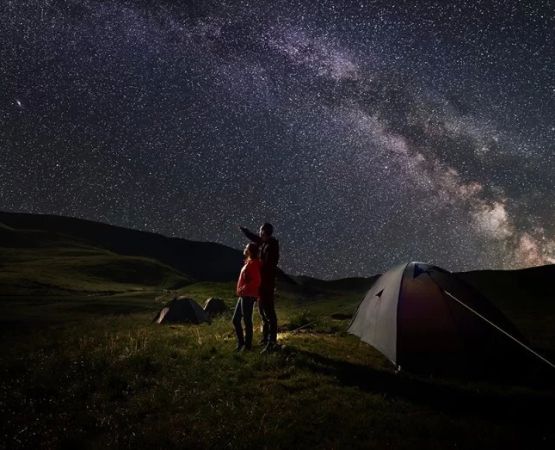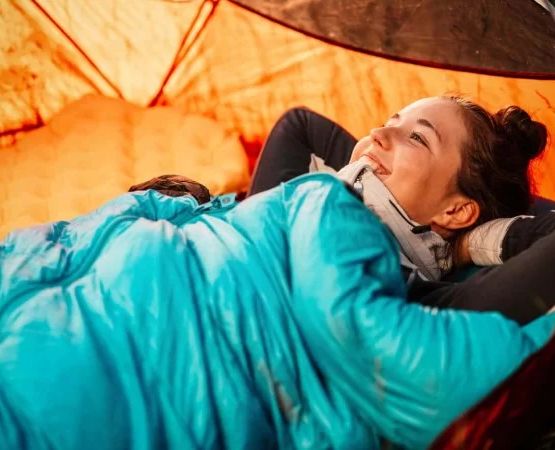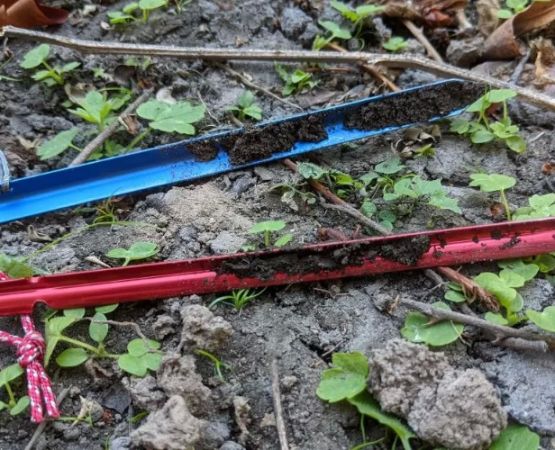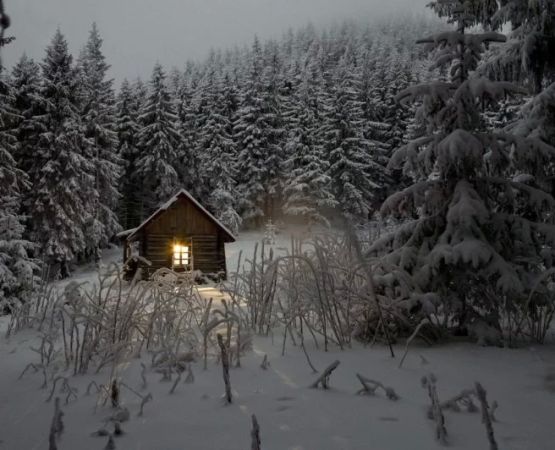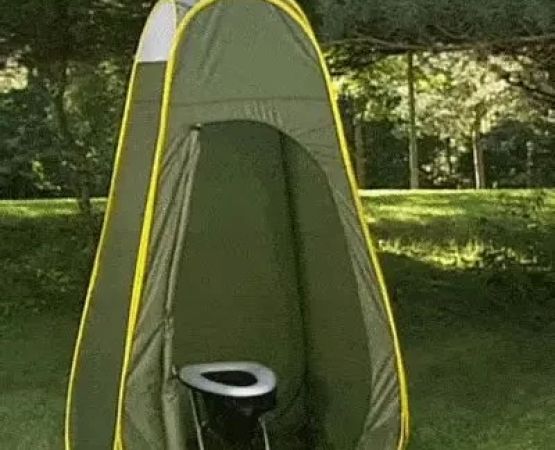- understanding-the-role-of-tent-stakes-in-windy-conditions
- types-of-tent-stakes-for-wind-resistant-camping
- material-matters-what-your-stakes-should-be-made-of
- real-world-case-a-camping-night-gone-wrong
- choosing-the-right-stakes-for-your-campsite-conditions
- tips-for-properly-anchoring-your-tent-in-the-wind
- pine-cliff-resort-expert-insight-and-recommendations
1. Understanding the Role of Tent Stakes in Windy Conditions
Ask any seasoned camper and they’ll tell you—wind is one of the greatest enemies of a peaceful night outdoors. That’s why choosing the right tent stakes for windy conditions isn't just a detail—it's essential.
Tent stakes act as your tent’s first line of defense against high winds, helping to keep your structure grounded. If they fail, you risk not only a collapsed tent but damaged gear or even personal injury.
2. Types of Tent Stakes for Wind-Resistant Camping
Different designs offer different levels of grip depending on the terrain. Here’s a breakdown of tent stakes and their performance in high wind.
2.1 Y-Stakes (Three-Sided Stakes)
These are ideal for windy conditions because their shape provides superior holding power. They work especially well in firm soil and resist bending under stress.
2.2 Screw-In Stakes
Perfect for loose or sandy soil. Screw-in stakes dig deeper and anchor more securely, often used by campers who frequent beaches or deserts.
2.3 Heavy-Duty Steel Stakes
While heavier to carry, these stakes provide unmatched strength. Best for long-term camping or if you're expecting intense wind.
2.4 Ultralight Aluminum Stakes
Popular with backpackers, these are easy to carry but not the best choice for windy or soft terrain unless reinforced.
3. Material Matters: What Your Stakes Should Be Made Of
The material of your stake directly impacts its performance:
3.1 Aluminum
Light and rust-resistant, but prone to bending if not properly driven in. Choose thicker aluminum stakes if wind is expected.
3.2 Titanium
The high-end choice—stronger than aluminum and lighter than steel. Ideal for high-performance needs, though more expensive.
3.3 Steel
Extremely durable, holds best in hard ground, but adds weight. Excellent for car camping or base camps.
4. Real World Case: A Camping Night Gone Wrong
In 2023, a group of friends camping near Lake Superior used plastic stakes for their lightweight tent. When winds picked up overnight, every stake failed. The tent collapsed, and the group had to sleep in their car.
The aftermath? Torn gear, soaked clothes, and a lesson learned the hard way: use the right stakes for the job.
5. Choosing the Right Stakes for Your Campsite Conditions
Understanding your terrain is just as important as understanding the gear.
5.1 For Rocky or Hard Soil
Use narrow, durable stakes like steel nails or titanium pegs. Bring a mallet or hammer to assist with insertion.
5.2 For Sandy or Loose Soil
Screw-in or wide stakes work better here. Their design increases surface area, allowing better grip.
5.3 For Forested or Grassy Terrain
Y-stakes or tri-blade designs offer good performance in moderately firm soil. Angle the stakes at 45° away from the tent for best resistance.
6. Tips for Properly Anchoring Your Tent in the Wind
Even with the right stakes, poor technique can render them useless. Here are some expert tips:
6.1 Always Stake at an Angle
Push stakes into the ground at about 45 degrees, pointing away from the tent for optimal grip.
6.2 Reinforce with Guy Lines
Use guy lines to reduce strain on your stakes. Attach them securely and adjust tension regularly in changing wind.
6.3 Double Stake in Extreme Conditions
For serious storms, use two stakes per anchor point in a cross pattern to distribute force.
7. Pine Cliff Resort Expert Insight and Recommendations
At Pine Cliff Resort, we’ve hosted campers in all weather conditions—from sunny skies to unexpected mountain gusts. One of our top recommendations? Always match your tent stakes to the location. Many first-time campers assume the stakes that came with their tent are enough—but that’s rarely true in windy areas.
We suggest guests upgrade to Y-stakes or titanium options if planning to camp in higher elevations or lakeside areas known for breezy conditions. If you're unsure what you need, our outfitter center on-site can help you pick the right gear for your adventure.



